Japan is one of the most fascinating and culturally rich countries on the planet.
It is full of beautiful mountain scenery, a warm coastline, ancient cultural traditions, and stunning religious shrines.
Despite being the 11th most densely populated country on the planet, Japan has an astonishingly low crime rate, making it one of the safest places in the world.
As of 2022, Japan’s population is 123,951,692.
The country’s overall crime rate was 22.24 per 100,000, for an overall safety ranking of 77.76.
The country’s violent crime rate is one of the lowest in the world, at just .3 per 100,000.
Japan’s crime rate continues to fall steadily, making it one of the safest places on the planet.
Contents
10 Safest Cities in Japan
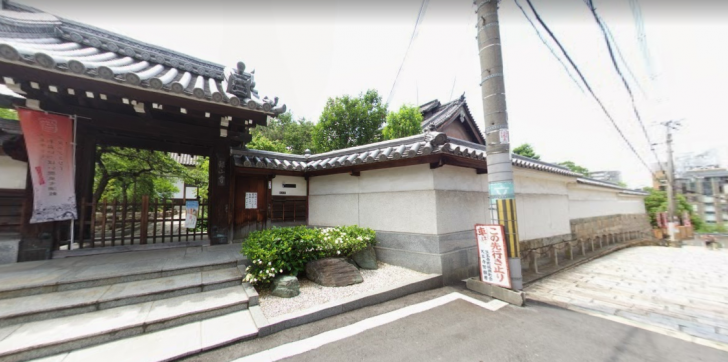
Osaka
Osaka is one of the largest metropolitan regions in the country and is home to close to 2.7 million residents.
The city is a stunning example of Japanese urban architecture and includes some of the tallest skyscrapers in the world.
Despite its size, it has a low crime rate in comparison to most other metropolitan areas, at 1,659.4 per 100,000.
Ironically, this crime rate is one of the highest in Japan — but is still extraordinarily low by most standards.
The biggest problem in Osaka is pickpocketing, and the streets are in general highly safe.
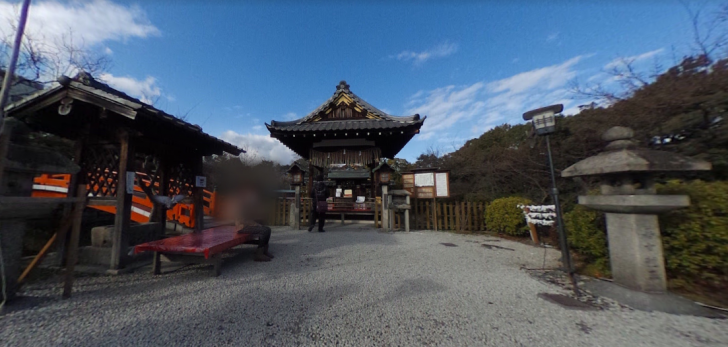
Kyoto
Kyoto was once the capital of Japan.
While it no longer holds that title, it is still a beautiful and exciting city, drawing many tourists each year to explore its Buddhist and Shinto shrines, fine dining, and geisha culture.
It is home to 1.5 million people and, for such a large city, has an astonishingly low crime rate.
The overall reported crime rate in the city is 1.45 percent, with Kyoto scoring in the very low categories for both violent and property crimes.

Sapporo
Sapporo is the fifth-largest metropolitan area in Japan, but despite its size still has an extremely low crime rate.
Two million people call this city home. Sapporo is on the island of Hokkaido, in Japan’s mountain region.
It has an active skiing scene and an extensive history of beer brewing, and you can still buy local beer produced here.
The crime rate in Sapporo is 1.06, with the most common reports being petty theft. Its overall safety index is rated at 93.1 out of 100, which is excellent.
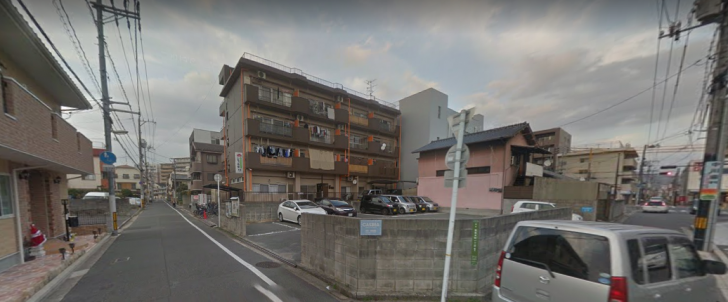
Hiroshima
Hiroshima is known for being the target of the first atomic bomb attack.
But these days, it is a thriving city that is home to roughly 1,900,000 residents.
The city, which has stood since 1589, is situated on the Ota River, which naturally separates the area into sections.
Hiroshima is one of the safest cities in the world, with a crime ratio of just 0.097, or 88.2 per 100,000 residents.
Thousands of tourists visit every year to tour the city’s art museums, gardens, and memorials.
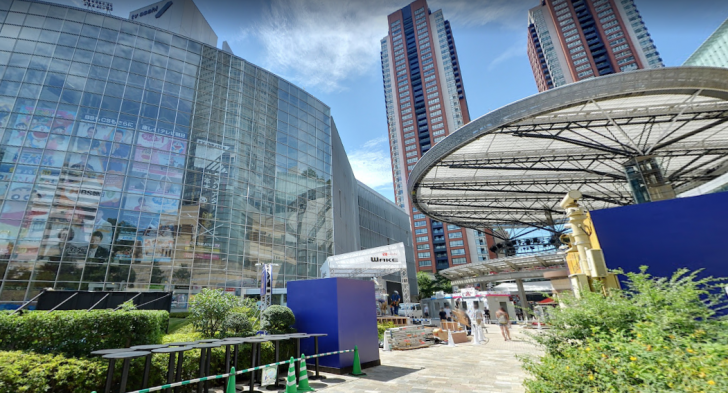
Tokyo
You probably know that Tokyo is the capital of Japan, but you might not know that it is a surprisingly safe place!
Tokyo is the most highly populated city in the world, but it is also the safest.
Crime has been steadily dropping since 2002, and in 2017, it was the lowest it has been since the First World War!
This is great news, since Tokyo is a wonderful city to visit and explore, especially as a tourist.
Popular attractions include the Imperial Palace and the ancient gardens as well as the many art museums.
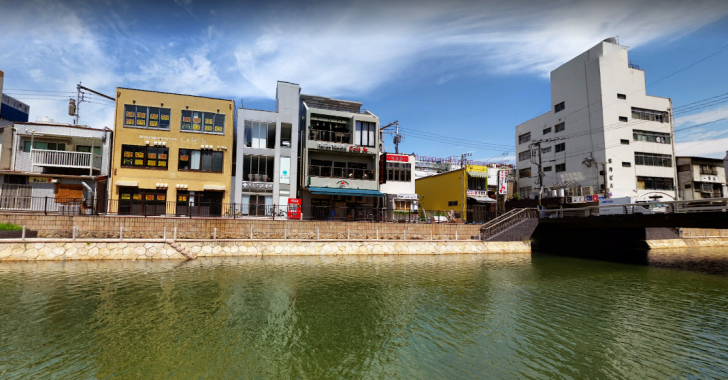
Fukuoka
Fukuoka is a city on the island of Kyushu, Japan.
With a population of 2.5 million people, it is one of the largest metropolitan areas in the region.
As a coastal city, Fukuoka is at a slightly higher risk of natural disasters such as earthquakes and tsunamis.
Nevertheless, this vibrant city is generally very safe.
The crime rate is just 1.55 per 100.
It has slightly higher rates of car theft than most other cities in Japan, but these are still much lower than most other major cities around the world.
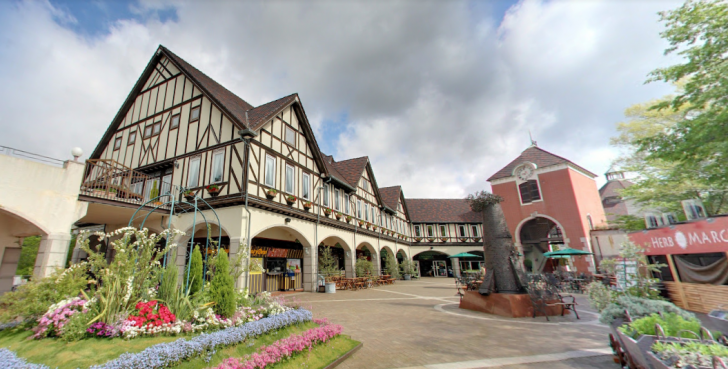
Kobe
Kobe is the sixth-largest metropolitan area in Japan and the third-largest port in the country.
This stunning city is surrounded by mountains and ocean views, which tourists can admire from antique cable cars.
Kobe is widely known for its 1700-year-old Shinto shrine and world-class marbled beef.
But another factor that makes this city so special is how safe it is, with a crime rate of just 1.30 percent.
Compared to other cities throughout the country, Kobe has a slightly higher rate of illegal drug usage and trade but is overall very safe.
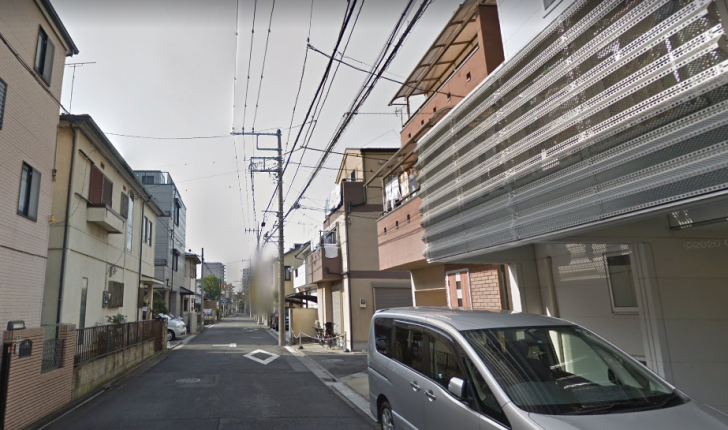
Kawasaki
Kawasaki is a large city located close to Tokyo.
It makes sense that it is also the second safest city in Japan, with only 0.78 crimes per 100 people reported each year.
Kawasaki is home to some of the oldest and most beautiful buildings in Japan, including temples, bridges, and museums.
Kawasaki runs between Tokyo and Yokohama, with all three cities connected by the Tama River.
The city is home to many stunning art museums, folk museums, and outdoor parks, all of which are popular tourist attractions.
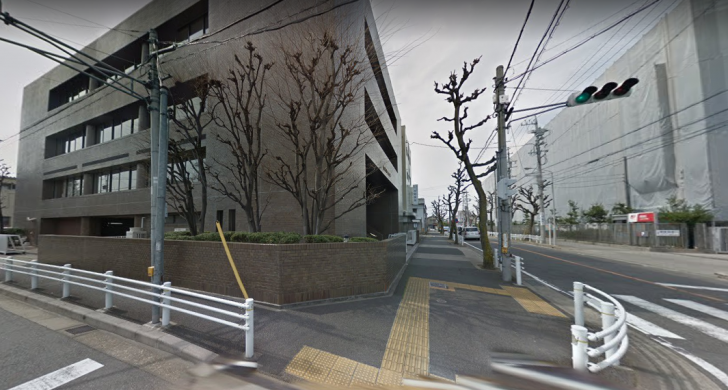
Nagoya
Nagoya is the fourth-most highly populated city in Japan, with a population of roughly 2.3 million.
The city, which has stood for hundreds of years, is now considered a place of education and industry.
Popular tourist attractions here include Nagoya Castle, Atsuta Shrine, and several parks, aquariums, and museums.
In addition, Nagoya has an extremely low rate of both violent and property crime, with an overall safety index of 90.07 out of 100.
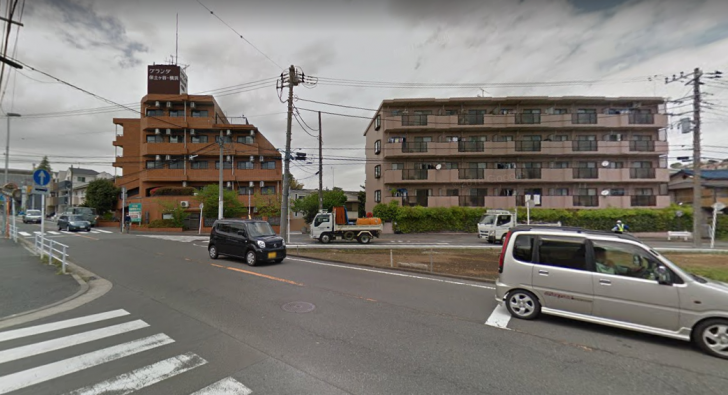
Yokohama
Yokohama is the second-largest city in Japan, located just outside Tokyo.
This innovative city has led the country in many new systems and inventions, including foreign sea trade, newspaper publication, railways, beer brewing, and more.
Today, it is the country’s largest port and tech city, with several of Japan’s biggest companies headquartered here.
Like most other major Japanese cities, it is surprisingly safe with exceedingly low crime rates, with an overall safety rating of 86.04 out of 100.
5 Safety Tips for Traveling to Japan
1. Be Prudent in the Event of an Earthquake
Natural disasters do happen in Japan, though they are rare.
If you are in the country when an earthquake hits, stay inside and do not leave until you are given an alert that it is safe to do so.
The vast majority of Japanese buildings are earthquake resistant, so it is safest to stay inside.
2. Consider Using a Money Belt
Although crime is exceedingly low throughout the country, one of the most widely reported crimes is theft, including pickpocketing.
This may be more likely to happen in crowded city areas.
Using a money belt is a prudent way to protect your personal belongings, especially if they can be hidden under your clothing.
3. Do Not Dress Conspicuously
When traveling in Japan, it is a good idea to dress simply, without clothing items that clearly mark you as a tourist.
Avoid wearing expensive jewelry or electronic gadgets.
Dress comfortably but conservatively and prepare for the weather, which can be quite hot or cold depending on when you visit.
4. Carry Your Documents
It is unlikely that you will need them very often, but make sure that you carry all your personal and travel documents on your person at all times.
That includes your bank cards, personal identification, passport, and travel itinerary.
Japanese receipts also often print your whole credit card number, so be sure to secure these.
5. Be Careful Who You Ask For Directions
Most Japanese are happy to help tourists find their way, but it is always better to avoid asking a total stranger.
In other words, do not approach someone on the street. Instead, ask a person of authority, such as a hotel concierge, restaurant server, or train conductor.
This will ensure you get the correct information and avoid announcing yourself as a tourist.
Japan Safety Overview
READ THE FULL REPORT: Japan Safety Review
Safety Index: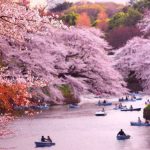
- OVERALL RISK: LOW
- TRANSPORT & TAXIS RISK: LOW
- PICKPOCKETS RISK: LOW
- NATURAL DISASTERS RISK: LOW
- MUGGING RISK: MEDIUM
- TERRORISM RISK: MEDIUM
- SCAMS RISK: LOW
- WOMEN TRAVELERS RISK: LOW
Frequently Asked Questions
What Part of Japan is Safest From Natural Disasters?
As an island nation, Japan has a higher than average risk of natural disasters, including volcanic eruptions, earthquakes, and tsunamis.
Nevertheless, these disasters are unlikely to occur while you are visiting.
Coastal regions are most likely to experience these, while regions like Kyushu and Shikoku rarely have natural disasters.
What do I Need to Know Before Traveling to Japan?
While most Japanese are courteous and welcoming to tourists, there are a few things you should know before traveling to Japan.
In particular, it is a good idea to familiarize yourself with the basic expectations of etiquette and conversation, especially when it comes to table manners and knowing when to remove your shoes.
Where Should You Avoid in Japan?
Despite the country’s overall extremely low crime rates, there are a few bad neighborhoods to avoid — even in the safest cities in Japan!
There are quite a few districts in Tokyo and Osaka that are known for their higher crime rates and are not safe for tourists, especially at night.
In particular, you should avoid traveling to Kabukicho, Tokyo’s red light district.
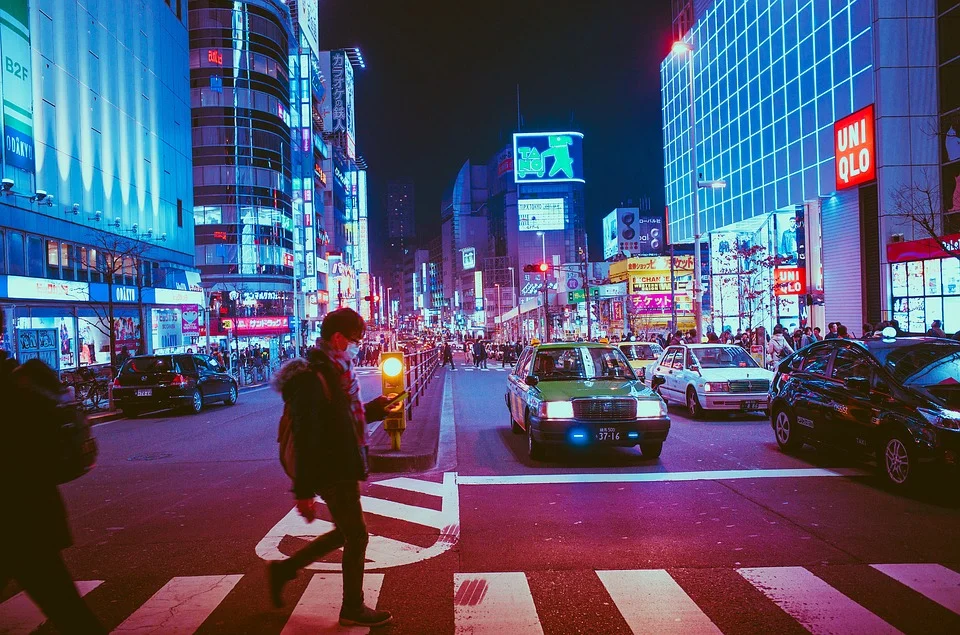
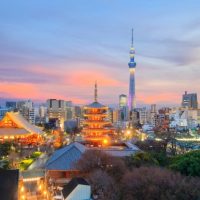
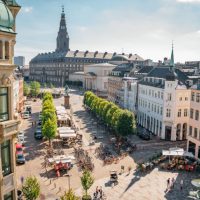

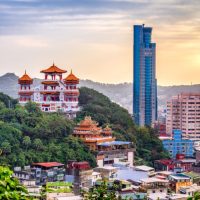







Thanks for the help of telling me to go to the safest parts of Japan now I know where it’s at thanks so much I support you you give me a lot of help and I even took some notes I can even post it to you that I took some notes. Mesha yuio.
I moved here from San Francisco and it is comically safe. I am often walking over people’s purses and strewn iphones when they’ve had too much to drink, nobody really gets involved in each other’s business. My wife can walk alone anywhere at any time and it’s unlikely anyone will bother her. In San Francisco everyday it was a struggle with shirtless wild people on the sidewalk screaming all kinds of things and following her from the strain station into the mall! I would never move back, can’t say I miss the feces on the sidewalk
During my recent trip to Japan, I was impressed by the safety measures in place. These cities not only offer rich historical experiences but also ensure a secure and enjoyable visit for tourists.
I’ve lived in Nagoya for some time and can confidently say it’s a safe city. The proactive safety measures, combined with a strong community sense, create a comfortable environment for residents and travelers alike.
Cities like Tokyo and Kyoto in Japan are renowned for their safety. The low crime rates, efficient public services, and the overall peaceful atmosphere make them top choices for travelers seeking a secure experience.